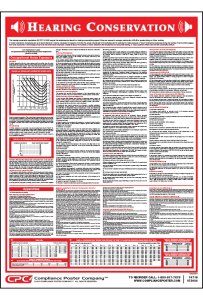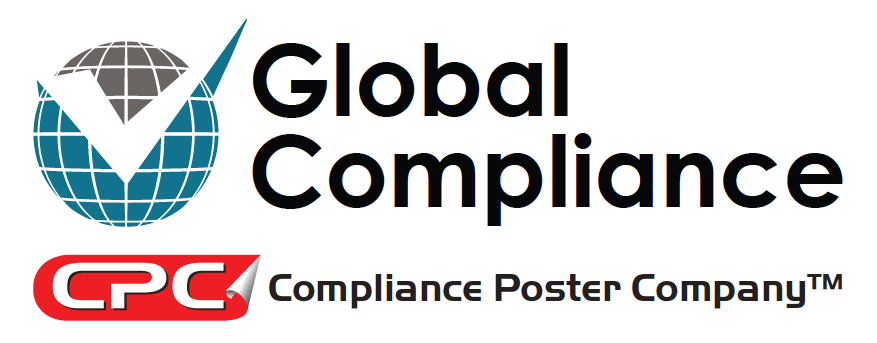 Compliance Poster Company’s Legal Research & Compliance Department has developed a new product. The Occupational Hearing Loss Poster Chart assists employers with their responsibility to protect workers from occupational hearing loss caused from prolonged exposure to loud vibration or sound. The quick reference guide illustrates common sounds and where they fall on a “hearing spectrum” from faint to painful noise and which noise levels require the use of personal protective equipment.
Compliance Poster Company’s Legal Research & Compliance Department has developed a new product. The Occupational Hearing Loss Poster Chart assists employers with their responsibility to protect workers from occupational hearing loss caused from prolonged exposure to loud vibration or sound. The quick reference guide illustrates common sounds and where they fall on a “hearing spectrum” from faint to painful noise and which noise levels require the use of personal protective equipment.
We are growing our occupational hearing product line because on-the-job noise exposure can cause hearing loss, yet is preventable with the proper safeguards.
Did you know?
According to the Center for Disease Control and Prevention (CDC):
- Four million workers go to work each day in damaging noise.
- Twenty-two million workers are exposed to potentially damaging noise each year.
- The majority of cases involving occupational hearing loss are reported among workers in the manufacturing sector.
Successful occupational hearing loss prevention measures benefit both the organization and affected employees. After all, employers are required to provide a safe and healthful workplace per the OSHA General Duty Clause. Additionally, OSHA’s Occupational Noise Exposure Standard addresses threshold limits. Noise controls are the best first line of defense against excessive noise exposure, but hearing protection devices, although less desirable, are an acceptable option to control exposure.
An effective occupational hearing loss prevention program should identify and address the following:
- Noise Exposure Monitoring
- Hearing Protection (Personal Protective Equipment, PPE)
- Education, Training and Notification
- Audiometric Evaluation
- Recordkeeping
- Program Evaluation and Auditing
Don’t forget!
 The OSHA permissible exposure limit (PEL) is 85 dBA for 8 hour “general industry” exposure or 90dBA for 8 hour exposure in the construction industry. Conversely, the NIOSH Action Level is 85 dBA. Every increase of 3dB represents a doubling of sound intensity, that’s a major risk factor to consider. OSHA requires employers to implement an effective hearing loss prevention program when noise exposure is equal to 85dBA.
The OSHA permissible exposure limit (PEL) is 85 dBA for 8 hour “general industry” exposure or 90dBA for 8 hour exposure in the construction industry. Conversely, the NIOSH Action Level is 85 dBA. Every increase of 3dB represents a doubling of sound intensity, that’s a major risk factor to consider. OSHA requires employers to implement an effective hearing loss prevention program when noise exposure is equal to 85dBA.
To purchase Compliance Poster Company’s occupational hearing loss-related posters and reinforce training in your workplace click here (Federal Hearing Conservation Poster) and here (Occupational Hearing Loss Poster).

